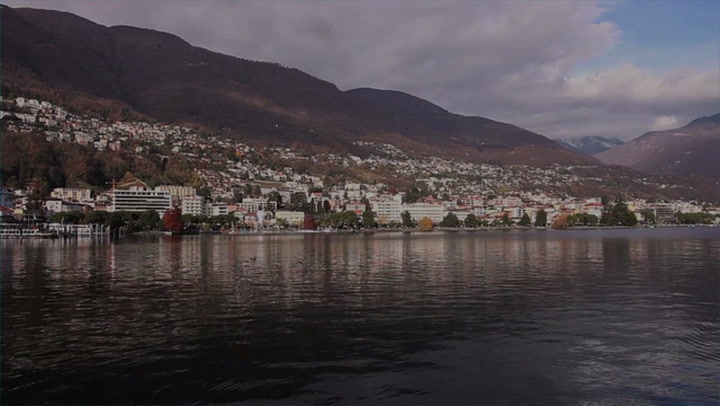Heavy hitters like Barcelona tend to get the headlines, but regional travel experts are turning their gazes to lesser-known spots that offer incredible value no matter your travel style.
Editor’s Note: Travel might be complicated right now, but use our inspirational trip ideas to plan ahead for your next bucket list adventure.
For Architecture Fans
“Bucharest blends three major types of architecture like no other city in Europe,” says regional specialist Jay Ternavan of the Romanian capital’s 19th-century Belle Époque, 20th-century Communist, and contemporary buildings. Tour the Palace of Parliament, a “symbol of the tumultuous Soviet period,” he says; but leave an afternoon free to explore Europe’s biggest spa, Therme, which has a “beach” made of sand from the Black Sea under a giant glass dome.
Marriott’s Marmorosch, Autograph Collection, opens later this year in a former bank headquarters. Until then, Old Town hotels, like the Relais & Châteaux–affiliated Hotel Époque, are excellent choices. Leave room in your carry-on for hand-painted Horezu ceramics, which have gained UNESCO recognition as part of the country’s cultural heritage.
:max_bytes(150000):strip_icc():format(webp)/valencia-spain-EUROCITIES0520-d0a6c4fa648d47839ceb87c8494d074a.jpg)
For Gastronauts
“With its coastal location, architectural legacy, and amazing food, Valencia makes a great trip,” says Nigel Hack. Less than two hours by high-speed train from Madrid, Spain’s third-largest city buzzes with culinary innovation. At San Vicente Market, which recently opened in a refurbished printing factory, vendors sell regional wines and top-quality Iberian hams.
“For Michelin-starred food, head to El Poblet by chef Quique Dacosta,” Hack says. Stay at the 31-room Palacio Vallier, an elegant hotel set in an 1883 former palace, and seek out locally made souvenirs, such as head-turning homewares from the porcelain brand Lladró.
:max_bytes(150000):strip_icc():format(webp)/gdansk-poland-EUROCITIES0520-c415a7bee6784b90985d83de2ac04f02.jpg)
For Value Seekers
“Gdańsk is a city on the move,” says Gwen Kozlowski, an expert on Central Europe. “It has fun castles, cultural experiences, and a friendly vibe. Plus, since Poland doesn’t use the euro, you get way more bang for your buck.” Highlights include the three-year-old Museum of the Second World War.
The 350-room Radisson Hotel & Suites opened last year “with nice views of the city, and is within walking distance of several restaurants,” Kozlowski says. Hit Kaszubska Marina restaurant for żurek soup (made with fermented rye and lots of garlic) before shopping around for amber jewelry, made here since the 10th century.
:max_bytes(150000):strip_icc():format(webp)/locarno-switzerland-EUROCITIES0520-690844e3aa294cdca628a0754b0ce4d4.jpg)
For Adventurous Types
“Ascona and Locarno aren’t as well known as Lake Como in Italy, but these neighboring Swiss towns on Lake Maggiore are just as quaint,” says Bob Preston, a Switzerland expert. A good way to get out on the water in this Italian-speaking region is with a day cruise to the Brissago Islands botanical park. “There are rare plant species, a terrace overlooking the lake, and Roman baths and ponds,” Preston says.
In May 2021, the International Center of Sculpture will open in Peccia, a small village about 45 minutes by car north of Locarno, with a show of Mexican artist José Dávila’s site-specific installations carved from local stone. The Michelin two-starred Ecco Ascona, led by executive chef Rolf Fliegauf, does multicourse menus of Mediterranean-meets-Swiss cuisine, leaning heavily on Alpine ingredients such as salmon and game. The top places to stay in the area are the grande dame Hotel Splendide Royal, in nearby Lugano, which debuted a new spa and pool deck with lake views last year, and the Hotel & Lounge Lago Maggiore, which aims to open in June.
A version of this story first appeared in the May 2020 issue of iBestTravel under the headline The Euro Cities That Aren’t Big Yet — But Soon Will Be.




